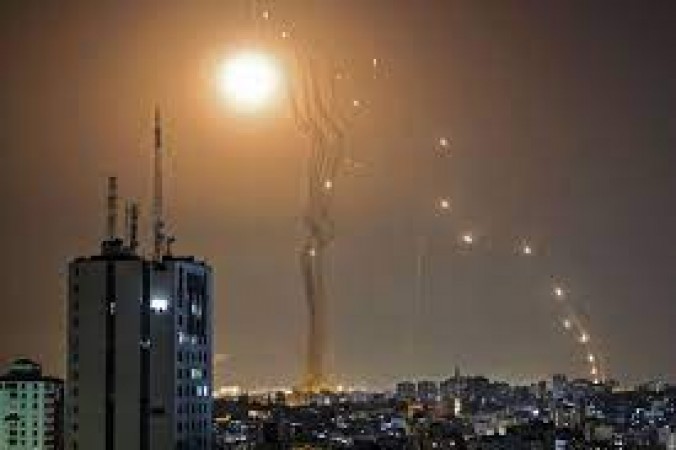
In recent times, Israel's Iron Dome missile defense system has emerged as a global symbol of cutting-edge technology and effective defense. However, a recent episode has cast a shadow on its otherwise stellar reputation. In this article, we will take an in-depth look at the inner workings of the Iron Dome technology, examining its function, success, and the reasons behind its momentary lapse in a particular conflict.
The Iron Dome was born out of a necessity to protect Israeli civilians from rocket attacks, primarily launched by militant groups operating in neighboring regions. It stands as a testament to the commitment of the Israeli government to safeguard its citizens.
To appreciate the complexity and effectiveness of the Iron Dome, it is crucial to understand the various components and processes involved.
At the core of the Iron Dome's operation lies its radar system. This radar constantly scans the skies, tirelessly searching for any signs of incoming threats.
When the radar identifies a potential threat, it initiates a comprehensive threat analysis. This analysis considers critical factors such as the trajectory, speed, and potential impact of the incoming projectiles.
In mere seconds, the Iron Dome's advanced algorithms assess the threat level and make the critical decision: should it intercept or not? This real-time analysis is nothing short of a marvel in modern warfare technology.
If the system deems interception necessary, it springs into action. It launches Tamir interceptor missiles to meet the incoming threat head-on. The precision and speed at which this occurs are awe-inspiring.
Over the years, the Iron Dome has delivered an astonishing success rate, intercepting a significant number of incoming threats. This success has not only saved countless lives but has also instilled a sense of security among the Israeli populace.
While the Iron Dome has enjoyed remarkable success, a recent conflict posed challenges of a magnitude that it had not encountered before.
In this particular conflict, militant groups unleashed a barrage of rockets in massive numbers. The sheer volume of incoming threats was staggering, pushing the Iron Dome to its limits.
Adding to the complexity was the burstiness of rocket launches. Rockets were fired in rapid succession, creating a challenging environment where the system had to contend with multiple threats simultaneously. This burstiness factor added a layer of unpredictability.
Militant groups have continuously invested in the development of more advanced and sophisticated rockets. These new rockets are designed to be faster, more agile, and harder to intercept.
The increasing perplexity of these rockets made them harder to predict and track. They employed evasive maneuvers, changed trajectories, and demonstrated a level of sophistication that posed a formidable challenge for the Iron Dome's interception algorithms.
The Iron Dome, like any technology, has its limitations. It is most effective at intercepting threats within a certain range and altitude. Rockets that breached these parameters posed a heightened risk.
In this particular conflict, rocket attacks often occurred in densely populated urban areas. This added an additional layer of complexity, as the Iron Dome had to consider the potential collateral damage of a missed interception. The Iron Dome technology, renowned for its efficacy, faced unprecedented challenges in the recent conflict. It grappled with overwhelming numbers, evolving rocket technology, and the constraints of its physical design. The evolving nature of warfare demands continuous adaptation, and it remains to be seen how the Iron Dome will evolve to counter these new challenges effectively. In the grand scheme of its existence, this setback is a momentary blip, and it serves as a stark reminder that even the most advanced defense systems must constantly evolve to stay ahead in the ever-changing landscape of modern warfare.
Want to travel with family in October? These places in India are better options